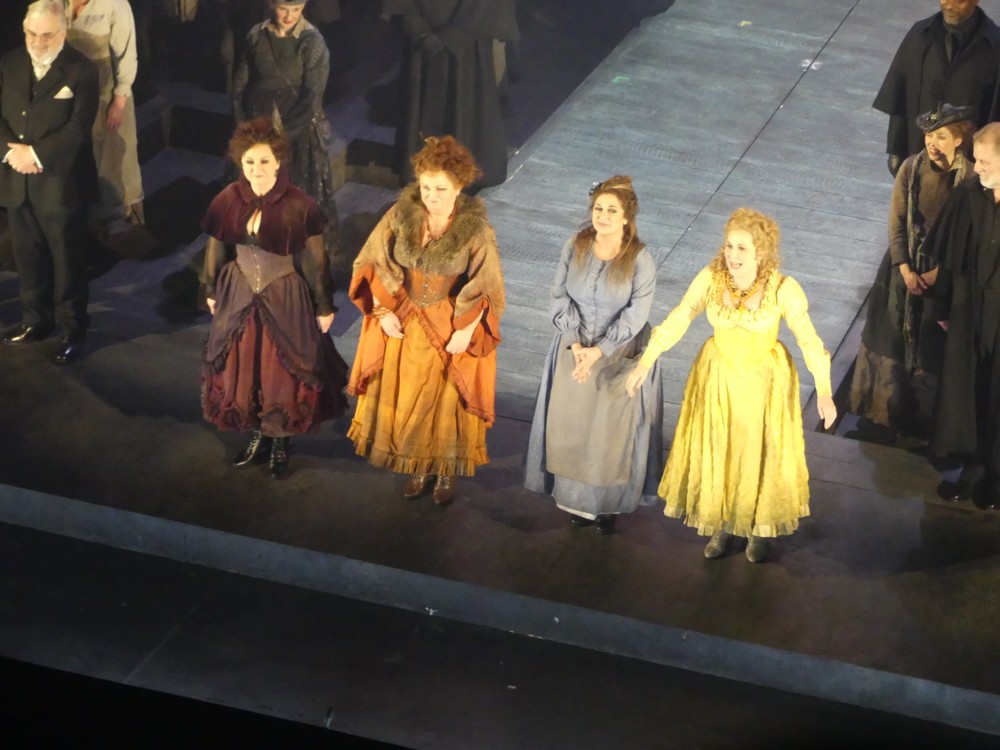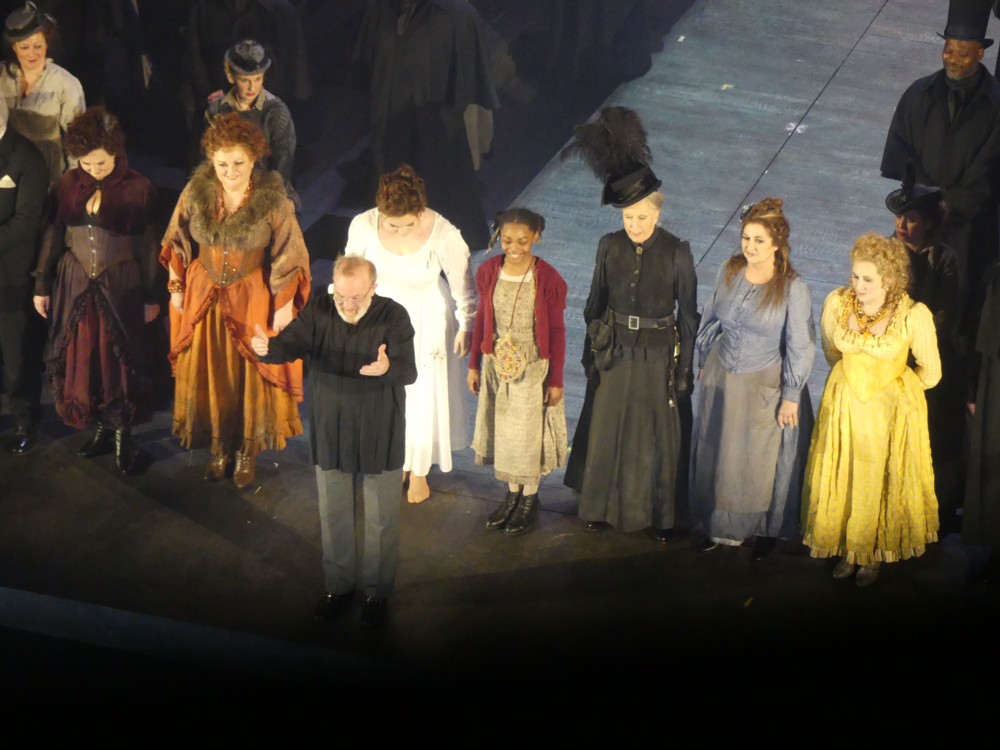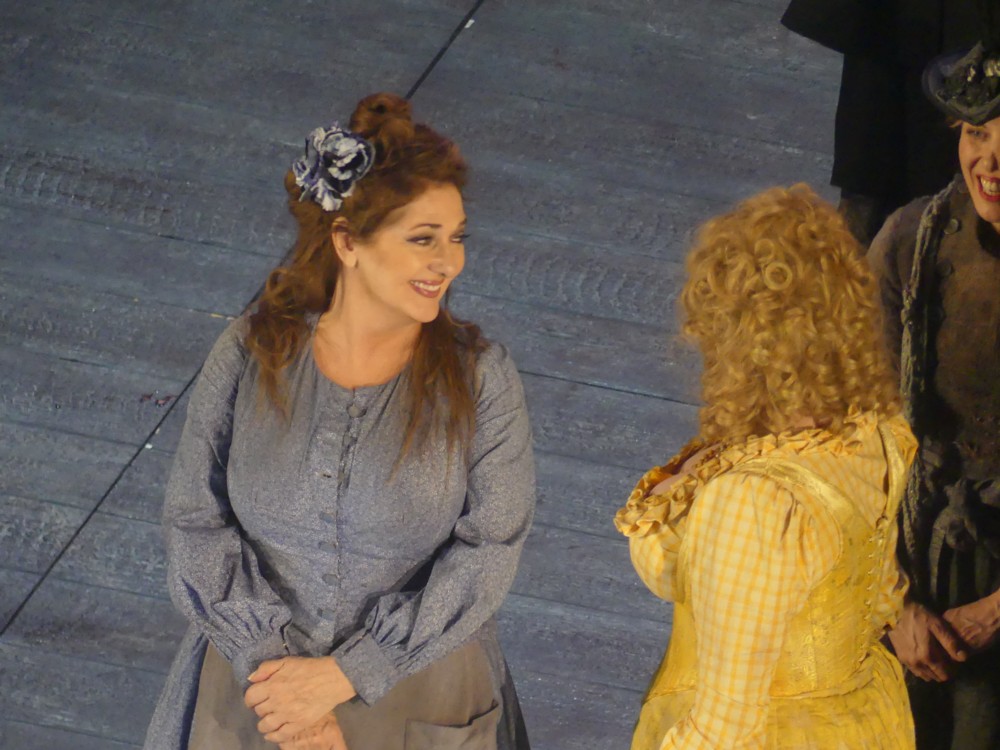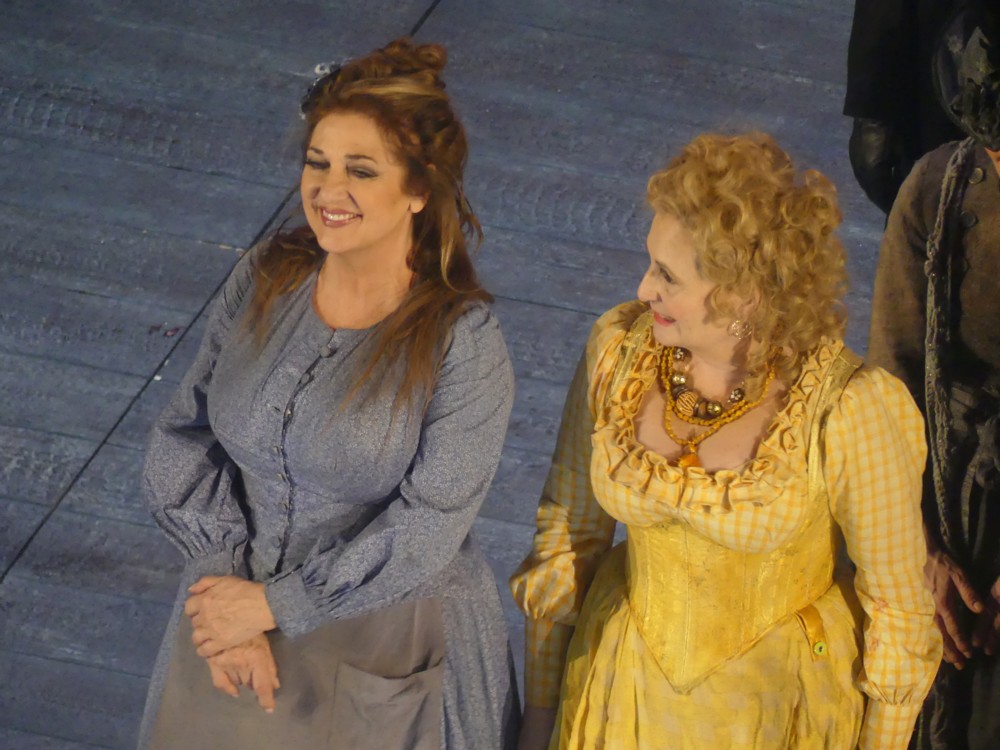Month: March 2019
Hairpiece in the road
Photoed by me, recently, in the road:
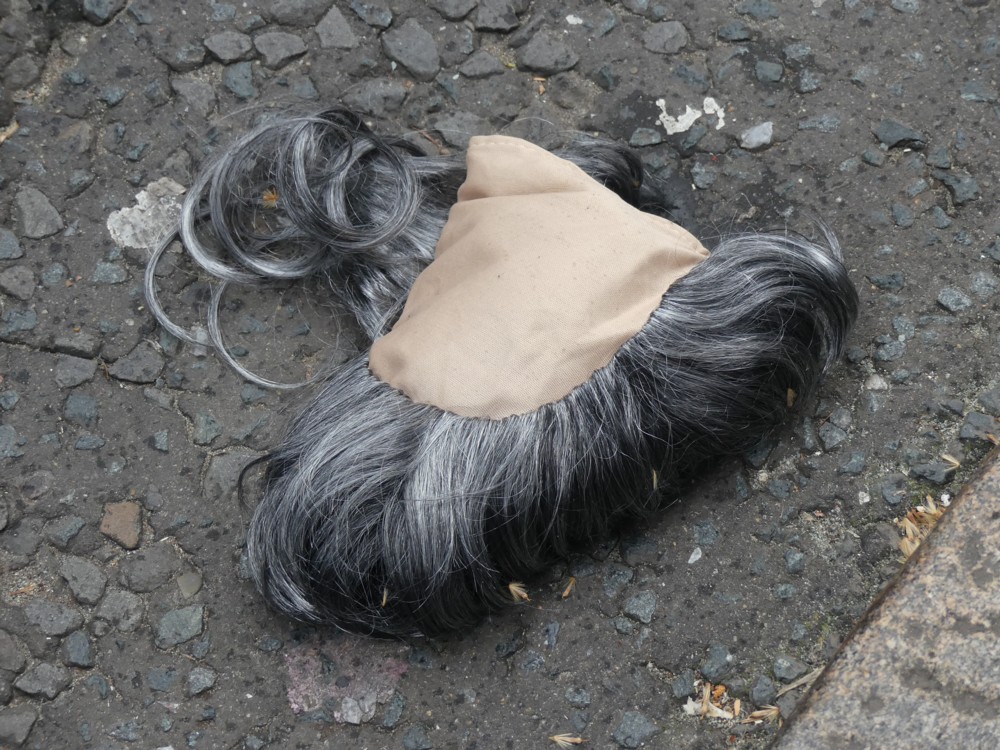
I still feel a bit bad about the fact that, laden as I was with shopping, I just photoed this, and then left it there. Should I have rescued it and handed it in to someone? Well, I didn’t.
I wonder what the story was.
Originally posted at Brian Micklethwait’s Old Blog
Actually a pale unicorn
Me and my camera at the ENO
Today, thanks to GodDaughter2, who is a singing student, I got to see a dress rehearsal of a new opera being staged by English National Opera called Jack The Ripper: The Women of Whitechapel. I had my camera with me, but these places don’t encourage photography, so I was assuming I’d emerge from the Coliseum with only the memories of what we’d seen and heard.
The story was, of course, gruesome, and GodDaughter2 grumbled about the lighting, which was relentlessly dark and depressing. However, the music was pleasingly tonal, drenched in melodies, and most especially in harmonies, of a sort that seemed, in my youth half a century ago, like they’d vanished from the world of new opera for ever.
Back in that stricken post-Schoenbergian musical no-man’s-land, posh music was thought to “progress”, like science. And it had progressed up its own rear end into unmelodious, unharmonious, unrhythmic oblivion, and because this was progress, no way back was permitted. But then, that was all blown to smithereens by the likes of Philip Glass and John Adams. Iain Bell, the composer of Jack The Ripper, operates in the musical world established by those two American giants.
So even though we were about a quarter of a mile away from the action, up near the ceiling, and thus couldn’t make out anyone’s face, just being there was a most agreeable experience.
And then come the curtaln call at the end, there was another nice surprise:
![]()
That being the final surtitle of the show, to be seen in the spot up above the stage where all the previous surtitles had been saying what they had been singing. So I got my camera out, cranked up the zoom to full power, and did what I could.
The curtain calls looked like this:
I was particularly interested in the lady in the yellow dress, on the right of the four ladies (guess what they all had in common), because that lady was Janis Kelly, who is GodDaughter2’s singing teacher at the Royal College.
Rather disappointingly, for me, was that most of the photos I took of Ms Kelly were better of the lady standing next to her when they were taking their bows, a certain Marie McLaughlin:
But I did get one reasonably adequate snap of Ms Kelly, suitably cropped (the photo, I mean) to remove Ms McLaughlin, whose nose had been sliced off in the original version that had emerged from the camera:
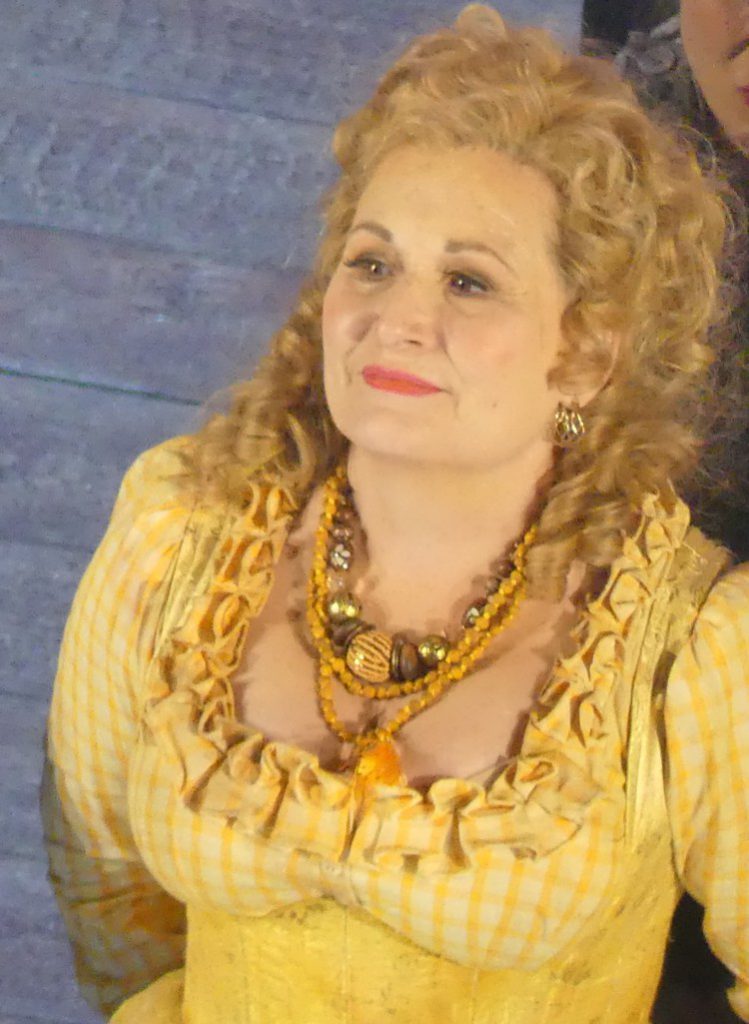
My camera now has much better eyesight than I do, and the gap seems to grow by the month. Okay, that photo is rather blurry. But there was a lot of zoom involved. I only managed to decipher about a third of those surtitles. One of the key members of the cast was black, but I only found this out when I got home and saw her in one of my photos (see above).
I hope a DVD, or perhaps some kind of internetted video, of this production emerges. And I think it might, because this is a show full of pro-female messages of the sort that appeal to modern tastes, and featuring one of the most spectacular exercises in toxic masculinity in London’s entire history.
I’m now going to read the synopsis of the show at the far end of the first link above, to get a a more exact idea of what happened.
Originally posted at Brian Micklethwait’s Old Blog
Wet riser inlet
While I’m on the subject of One Blackfriars, as I was last night, here is a rather charming piece of urban sculpture to be seen outside its front door, photoed earlier on the day I photoed the photo in the previous posting:
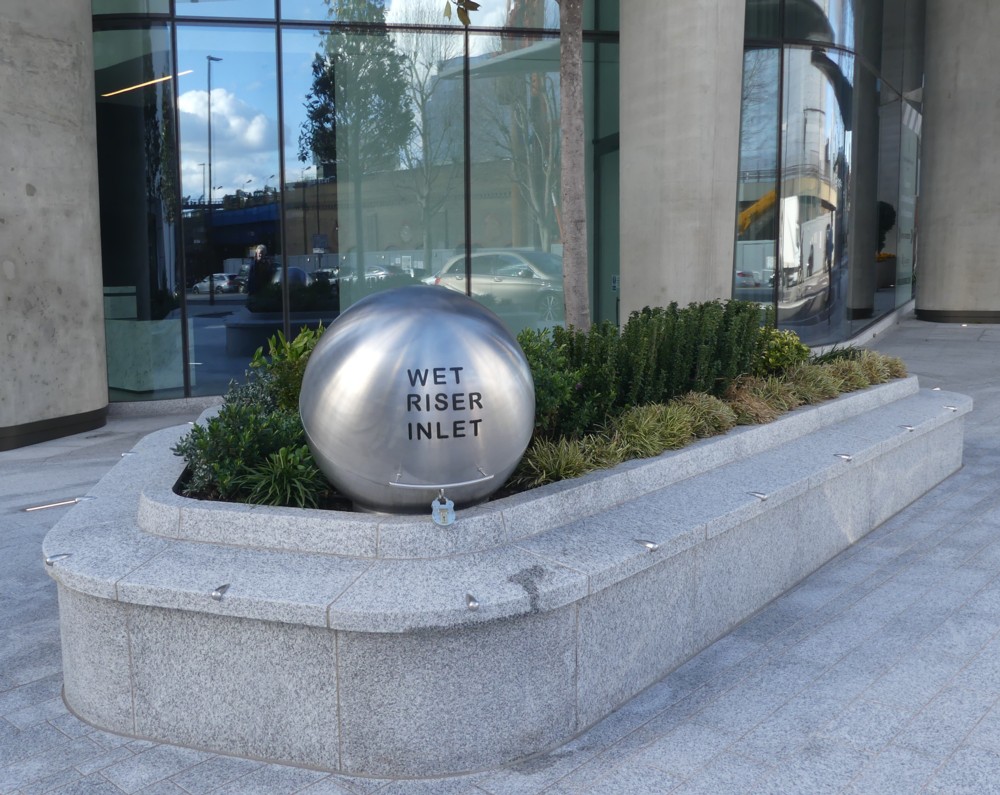
I’ve heard this expression but never understood what it was about. Having read this, I now understand it a bit better:
Wet risers are used to supply water within buildings for firefighting purposes. The provision of a built-in water distribution system means that firefighters do not need to create their own distribution system in order to fight a fire and avoids the breaching of fire compartments by running hose lines between them.
Wet risers are permanently charged with water. This is as opposed to dry risers which do not contain water when they are not being used, but are charged with water by fire service pumping appliances when necessary.
Part B of the building regulations (Fire Safety) requires that fire mains are provided in all buildings that are more than 18 m tall. In buildings less than 50 m tall, either a wet riser or dry riser fire main can be provided. However, where a building extends to more than 50 m above the rescue service vehicle accesslevel, wet risers are necessary as the pumping pressure required to charge the riser is higher than can be provided by a fire service appliance, and to ensure an immediate supply of water is available at high level.
Blog and learn.
Originally posted at Brian Micklethwait’s Old Blog
Recent Big Things looking good
About a fortnight ago, I wandered along the south bank, and although the City Big Thing Cluster wasn’t the main focus of my attention, I couldn’t help noticing that the Scalpel in particular was looking very fine:
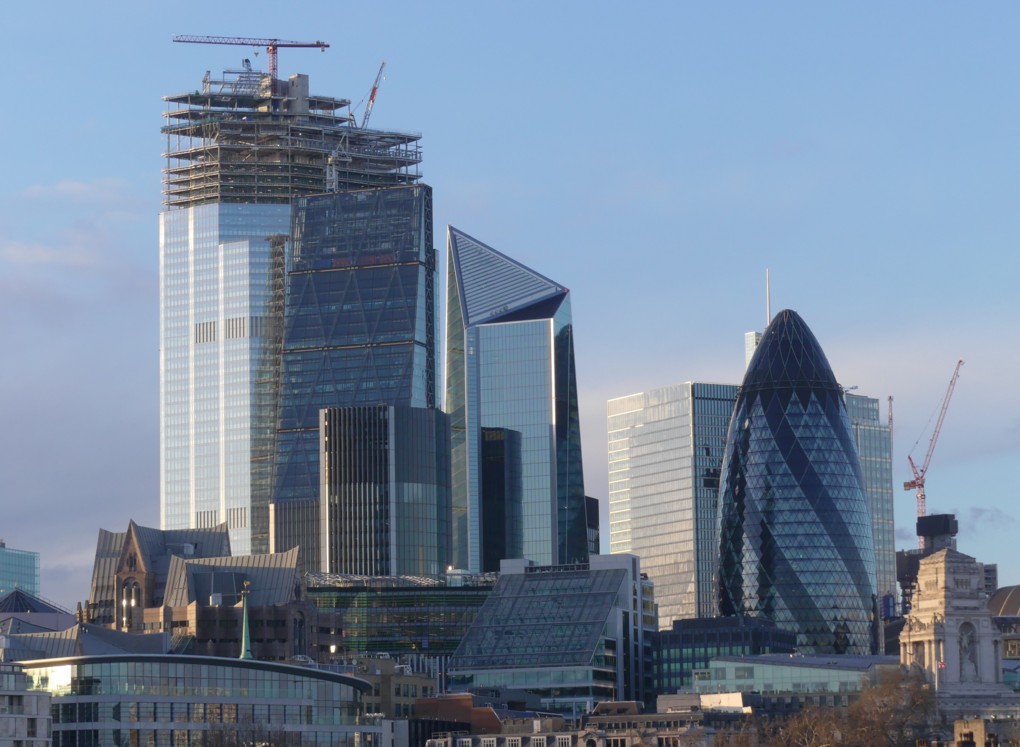
As was the Gherkin, not least because, from that particular spot, you can still see it.
And as was One Blackfriars:
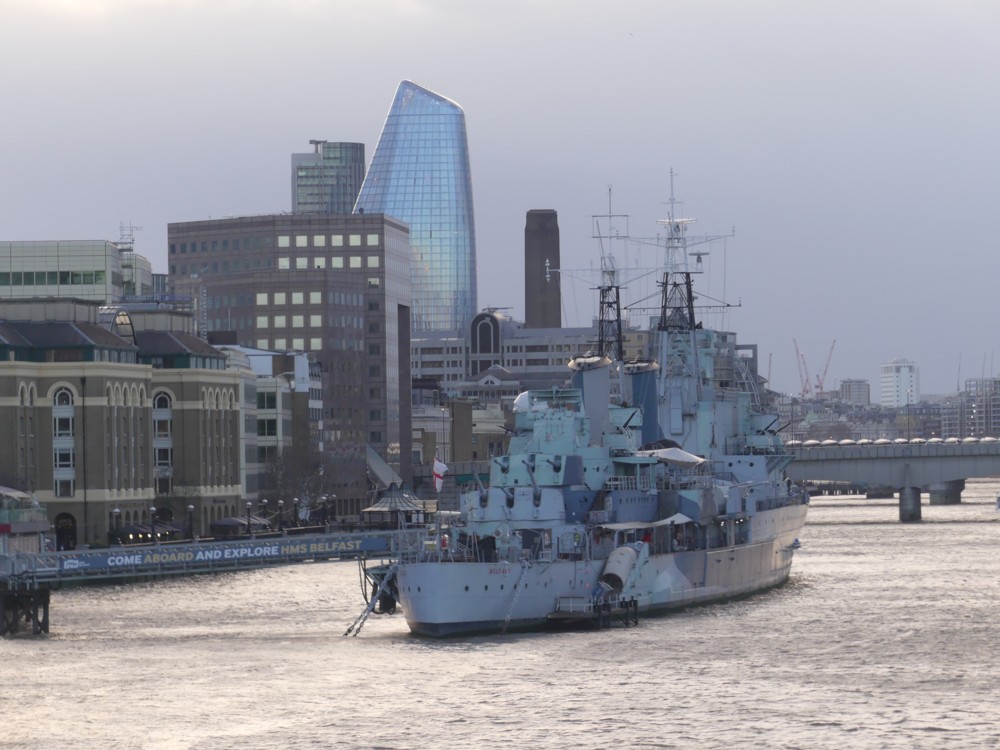
I especially like that one of One Blackfriars. Because of the contrast between what the fading light does to its glass surface and what the fading light doesn’t do to all that brickwork and concrete (to say nothing of the ship at the front), it looks like One Blackfriars has been Photoshopped in from a different photo. But as you all surely know, I could never contrive an effect like that.
Originally posted at Brian Micklethwait’s Old Blog
Why England are getting better at football
I’ve just watched England beat Montenegro at football, in Montenegro, 5-1. A few days ago England beat The Czech Republic 5-0, in London, and I watched some of that too. England are looking good.
Here is the most convincing explanation I have found of why. In the bit under the subheading “More ball-hoggers”, it says this:
You know that lad in school who never passed the ball? Turns out he was on to something.
Ashworth says English players are already more technical than he has ever seen thanks to a revamp of the academy system in clubs and a more consistent playing style with England.
But the FA wants to go further.
Peter Sturgess, the FA’s foundation phase coach for five- to 11-year-olds, has been telling coaches up and down the country that mastering the ball is his number one priority. Passing can come later.
“We are saying that passing is important but it’s not a priority for foundation-phase children,” he told BBC Sport. “The priority is building a massive connection with the ball so their individual ability on it, in tight and pressurised situations, becomes as good as it can be.
“You put 11 of those players together on a football pitch and they can play any system you want, because they have less chance of losing the ball.”
Ashworth and Sturgess just might be onto something. To have a good football team, start by having lots of “foundation phase children” who are good at controlling a football, with their feat.
LATER: Meanwhile, in Scotland.
Originally posted at Brian Micklethwait’s Old Blog
New London
Matt Kilkoyne:
The growth of London’s Isle of Dogs is beautiful. More please.

What I like about this is the way the Big Things in the background are all blue-grey glass, while the little things in the foreground are all the same reddish brick. It’s almost as if they knew beforehand what plans would be allowed and what plans wouldn’t! These Big Things are totally unlike the City towers, in mostly being individually banal and un-“iconic”, yet they add up to something that is indeed, to me anyway, rather impressive. The bigger it all gets the more impressive it will be. London – this bit of it at least – has learned from New York.
This is all part of the relentless shift of London’s centre of gravity down river.
Down river towards London Gateway, about which the internet still has amazingly little to say. My take on that? There will be the grandmother of all grand openings, if only to accommodate all the reporters on that project who have been persuaded to say nothing about it for now. (Or: Do reporters truly not care? If not, more fool them.)
Fitness vehicle
Yesterday, being ill made me think of food, because I wasn’t eating any food.
Today, what I am most feeling the lack of is body fitness. So, this:
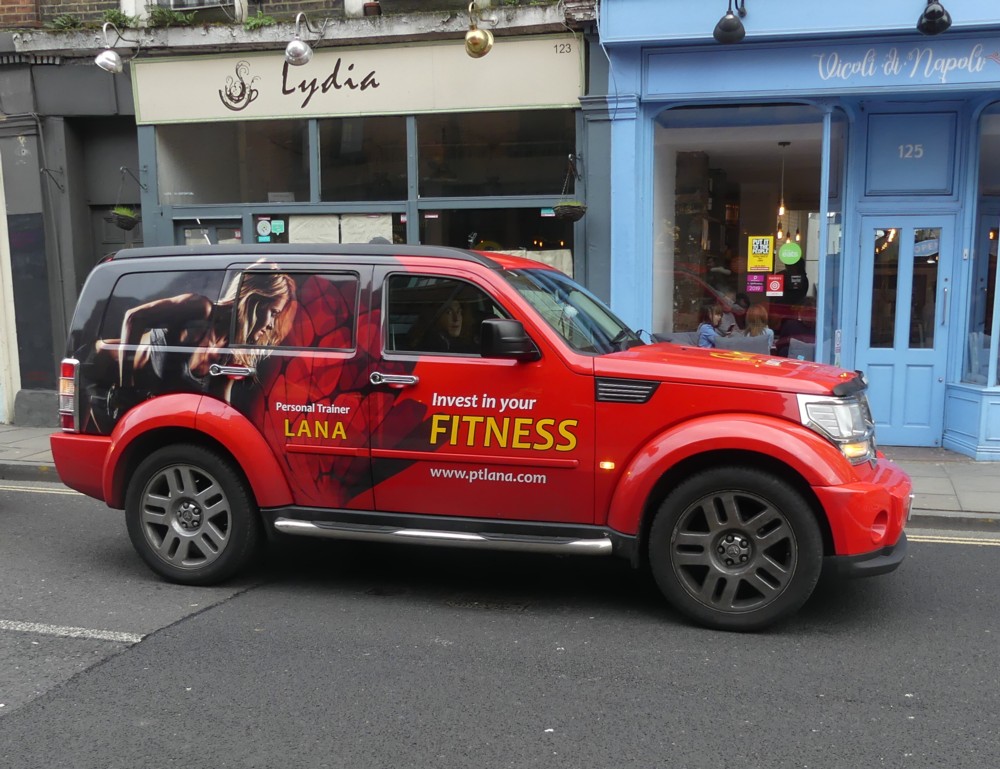
Spotted by me in Stoke Newington last week.
As you can see, there’s a website. Interesting how she says that it’s a “sports industry”.
I assume that Lana wants to be noticed, or why would she should drive about in such a very noticeable vehicle?
Originally posted at Brian Micklethwait’s Old Blog
Food photo
I am ill. Not very ill. Just: ill. A symptom of which is not eating solid food. So here, to compensate me for not eating food, is a photo of some food which I ate in France in 2008:

I like squares and rectangles. Always have. So, I especially like the idea of eating something that is usually round but which has been made square.

